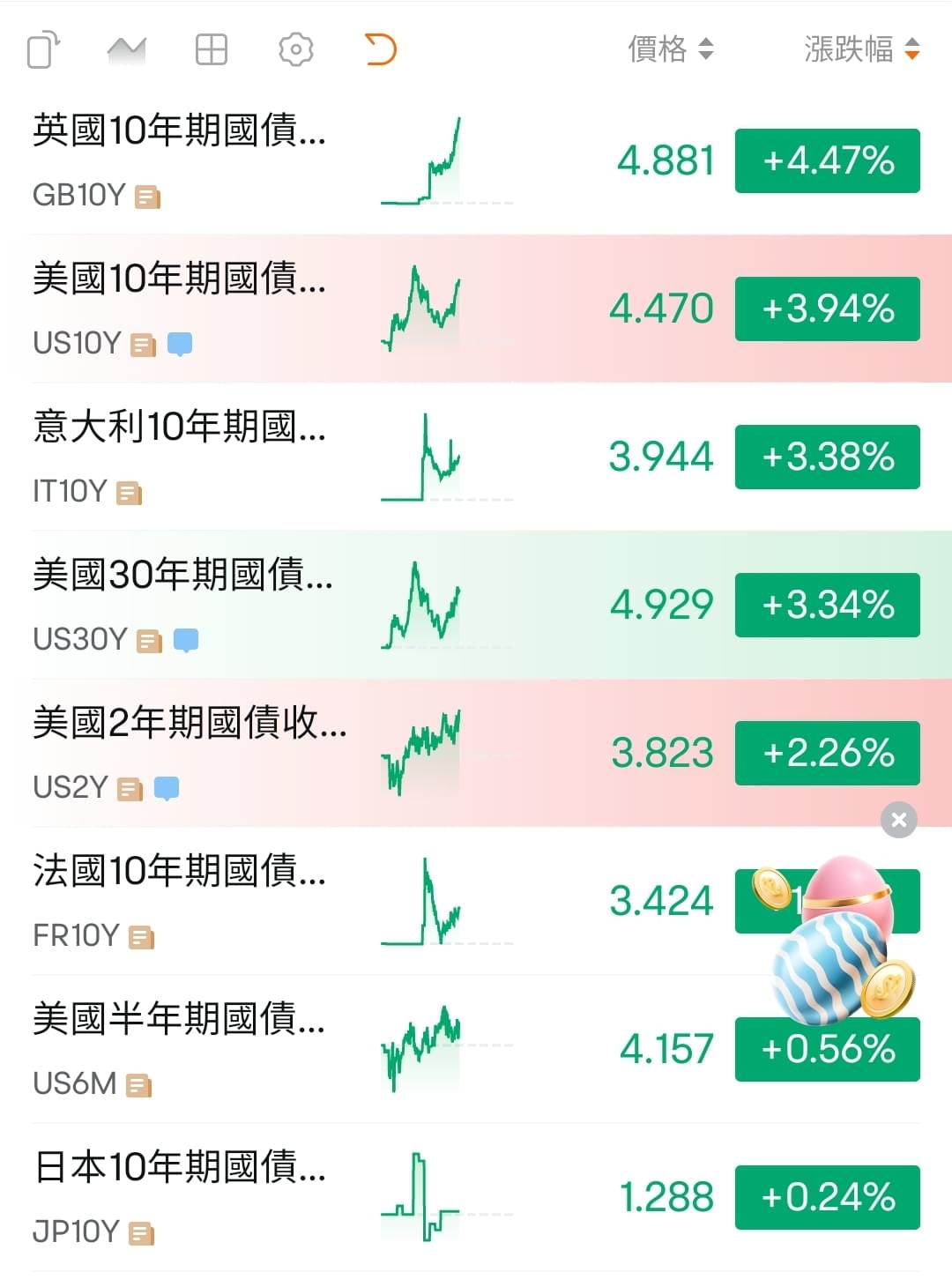Hyperinflation from tariffs alone seems unlikely to hit Cagan’s 50%-per-month mark. Tariffs increase prices, but historical data—like the 2018-2019 U.S.-China trade war—suggest a modest inflationary bump (0.3% over two years). Even with broader tariffs now, estimates suggest a 0.2 to 0.8 percentage point rise in U.S. inflation annually, far from hyperinflationary levels. For China to trigger something closer to hyperinflation via Treasuries, it’d need to dump its holdings en masse, and even then, the Federal Reserve could counter by adjusting its balance sheet or rates. Plus, China’s own economy would suffer—its remaining bonds would lose value, and its export-driven model relies on stable U.S. demand.
On the flip side, if hyperinflation did hit (say, from a massive money supply surge unrelated to tariffs), Treasury bondholders—China included—would see their investments gutted in real terms. Debtors, including the U.S. government, would benefit as the real debt burden shrinks, but the broader economic fallout (e.g., savings wiped out, currency collapse) would dwarf any tariff-related tensions. China might hesitate to escalate via bond sales, knowing it’d be a mutually assured economic hit.
In short, while tariffs on China and its Treasury holdings can stoke inflation and rattle bond markets, they’re unlikely to spark Cagan-style hyperinflation on their own. The real value of Treasuries would take a hit in such an extreme scenario, but the U.S.-China economic entanglement suggests both sides have incentives to avoid pushing it that far.























 1997, 2015, everytime
1997, 2015, everytime 


